Hearing Aids Longmont, CO
Hearing Aids

Hearing Aid Styles
Most hearing aids consist of a microphone, an amplifier, and a speaker. The microphone picks up sound waves and sends them to the amplifier, which intensifies the sound and sends it to the speaker. The speaker then plays the sound waves directly into the ear. Most hearing aids are digital, which means they are programmable, and the settings can be adjusted for the user's individual needs.
Behind-the-ear hearing aids can be more powerful and therefore more effective at amplifying sound. Visibility depends on the exact style, as receiver-in-the-canal (RIC) styles can be nearly invisible. A standard behind-the-ear design is typically more visible than RIC and in-the-ear hearing aids.
Depending on the severity of the hearing loss, Dr. Nicole will determine the optimal devices to address your needs. Additionally, some hearing aids are Bluetooth-enabled, allowing them to be connected to other electronic devices, such as phones, TVs, and computers. These devices can significantly improve the quality of life for people with hearing loss by allowing them to communicate more easily with those around them. They can also help reduce tinnitus and other hearing-related issues.
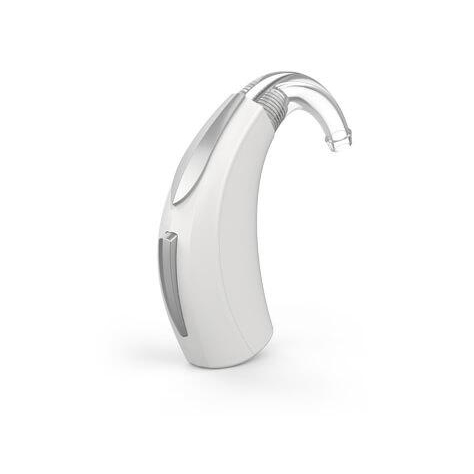
Behind-The-Ear (BTE) Hearing Aids
Behind-the-ear hearing aids are typically worn over the top of the ear, with the body of the device resting behind the ear and a narrow tube connecting it to an earpiece that sits in the ear canal. BTE hearing aids consist of several components that work together to deliver sound to the ear.
First, the microphone picks up sound from the environment and converts it into a digital format that is then strengthened by the amplifier. Finally, the amplified sound is emitted into the ear through a speaker inside the earpiece.
Due to their larger size, BTEs are more powerful and can host more features than other hearing aids. This allows them to treat a wider range of impairment levels. Though they are most beneficial for people with profound hearing loss, BTEs can be just as effective in treating mild to moderate impairment.
Additional advantages of being bigger include the capacity to house onboard manual controls, such as volume wheels and mode buttons, while being easier to handle in general.
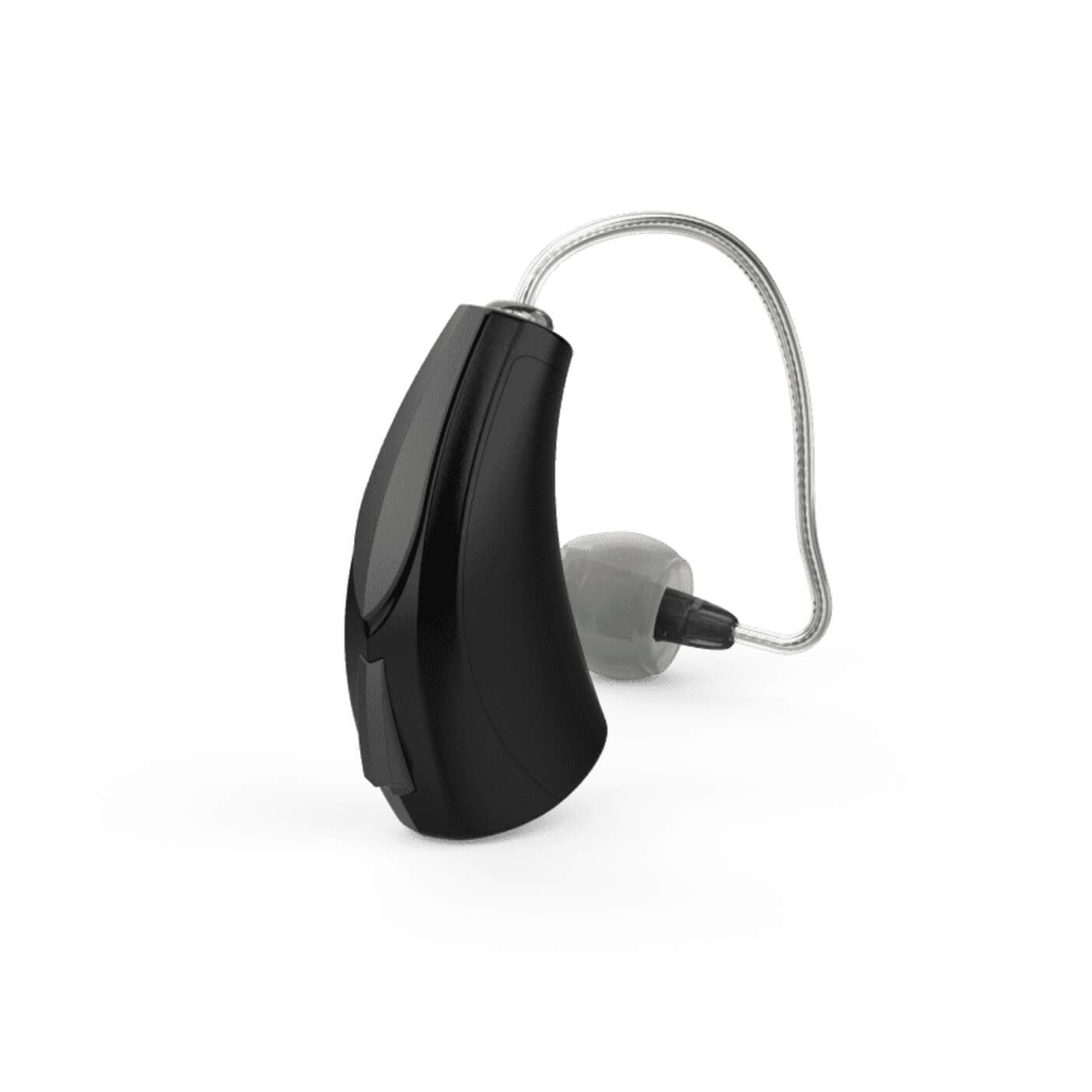
Receiver-In-Canal (RIC) Hearing Aids
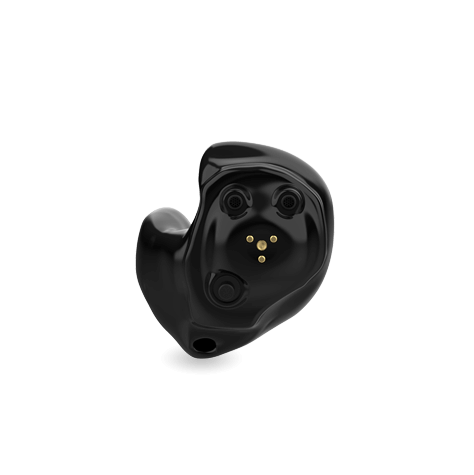
In-The-Ear (ITE) Hearing Aids
In-the-ear devices are the smallest type of hearing aids, and most are designed to fit entirely within the ear canal. All ITEs require ear molds or impressions as they are customized to fit the precise dimensions of each user's ear canal. This ensures that sound quality is optimal and that they can be worn for extended periods without causing discomfort.
ITEs are usually powered by a small zinc-air battery, which needs to be replaced periodically. The battery life of these devices can vary depending on the type of hearing aid, duration of use, and what features are enabled. As they are much smaller and less powerful than their BTE counterparts, they are most effective in treating mild to moderate hearing loss. This also limits the number of features they can offer while being more difficult to handle by those with poor manual dexterity.
However, their tiny nature is also their greatest strength, as most types of ITEs are completely invisible when worn correctly. There are three main types of ITEs which consist of the following:
Invisible-In-Canal (IIC) & Completely-In-Canal (CIC) Hearing Aids
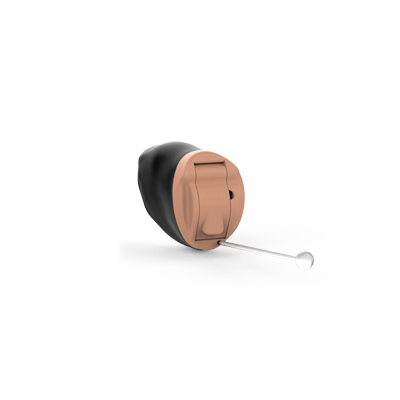
IIC and CIC hearing aids are the most discreet options available, as both are placed entirely inside the ear canal. IICs are inserted the farthest into the ear and can only be removed by pulling on a special string, while CICs are slightly larger and are situated closer to the ear's opening.
Both types of devices have exceptional sound quality because of their custom-molded construction. However, they are more vulnerable to damage from earwax and moisture due to their internal placement, and their tiny batteries need to be replaced more often than larger devices. Furthermore, IICs and CICs have more trouble connecting to other devices wirelessly and lack onboard manual controls.
In-The-Canal (ITC) Hearing Aids
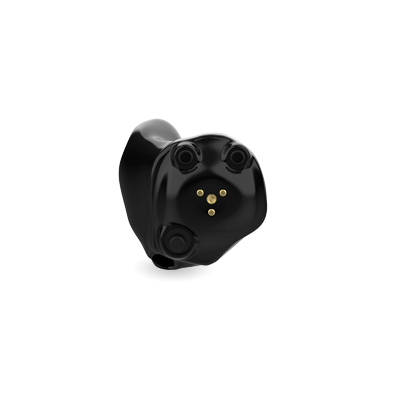
Hearing Aid Features


